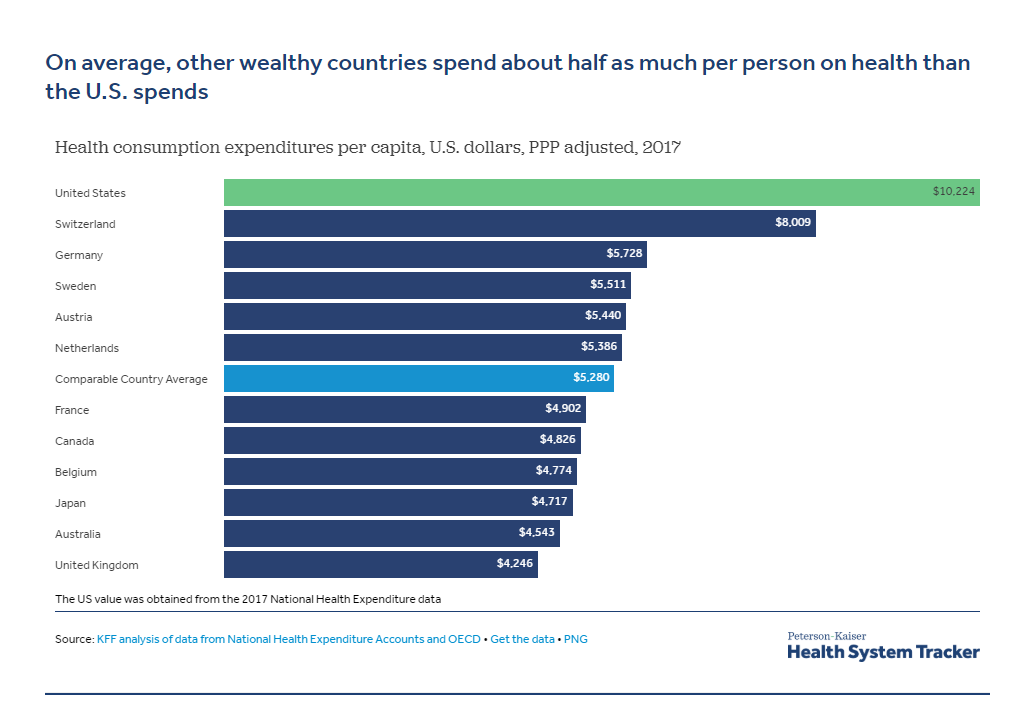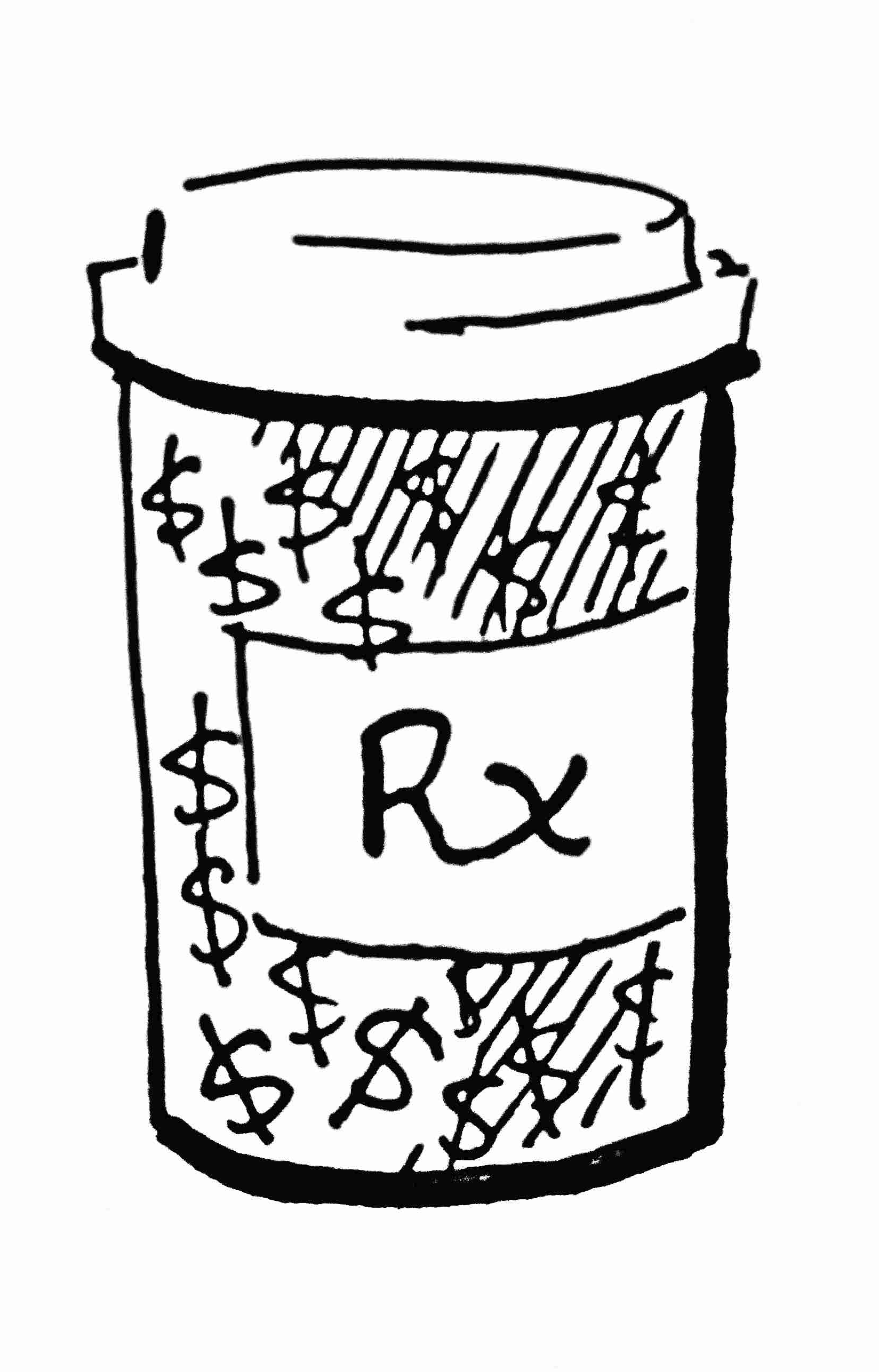This is a reprint of a previous publication held on guidelines.gov. We will work to update information within in coming blog posts.
By: Aaron L. Leppin, MD and Victor M. Montori, MD, MSc
Currently, half of all American adults have a chronic disease and 1 in 4 live with the burdens of multiple, concurrently active chronic conditions (1). The population is aging and the incidence and prevalence of chronic disease are increasing. As such, typical patients with any chronic condition are increasingly likely to be patients with multiple chronic conditions (MCC). Patients with MCC are a priority population and Federal stakeholders have called for new and effective ways of meeting their healthcare needs (2,3). Optimizing clinical practice guidelines for the care of patients with MCC could play a key role in this regard.
The Dilemma for Clinical Practice Guidelines
Clinical practice guidelines, for scientific and practical reasons, orient themselves around the management of specific diseases or clinical circumstances. They provide condition-specific guidance on how one would optimally manage a disease if and when that condition existed in a vacuum, independent of any interacting or intervening factors. This understanding is necessary, but, in many cases, does not directly or reliably apply to the care of an individual person—especially a person with MCC (4).
Although all patients exist in unique biopsychosocial contexts, the care of patients with MCC is particularly complicated by the interaction of multiple, concurrently active chronic conditions. When individual, disease-specific treatment strategies are pursued for these patients—indiscriminately and in parallel—the resulting care can be ineffective, impractical, and unsafe (5,6). Advocates of patient- or person-centered care recognize that the best way to manage complex patients is with comprehensive and flexible treatment strategies that can adapt to the nuances of individual contexts.
Guideline developers who desire to incorporate and encourage this understanding face a key dilemma. Person-centered disease management strategies, by their very nature, lack the disease specificity to fit into traditional, disease-oriented practice guidelines. The inability of guidelines to incorporate person-centered recommendations accentuates the significance of this dilemma by ultimately limiting the guidelines’ usefulness.
Consider Stanford’s Chronic Disease Self-Management Program (CDSMP), for example. The CDSMP is a group-based, disease-agnostic self-management program designed to generically enhance patients’ capacity to deal with the burdens of chronic disease. Participants select which self-management strategies they will use from a menu of options and according to their preferences. They also prioritize the conditions or issues they will seek to address based on their own perceptions of context, need, and ability. The body of evidence related to the CDSMP suggests that it improves patient-reported outcomes regardless of patient diagnosis (7,8). As such, CDSMP implementation is a key priority of the Department of Health and Human Services’ effort to optimize the care of patients with MCC (2) and the Centers for Disease Control and Prevention has recommended it become part of routine care for all patients with any chronic condition (8).
Arguably, the CDSMP should be a component of clinical practice guidelines for every chronic condition, and yet it appears in none. One reason for this, paradoxically, is that person-centered approaches to chronic disease management are rarely the best option for optimal management of any single disease if and when that disease existed in a vacuum. The CDSMP is not the most efficacious treatment for depression, for example, nor is it the most efficacious treatment for diabetes or arthritis or cancer. But what is the single best intervention for a patient with depression, diabetes, arthritis, and cancer? The answer to this question is not currently known, but to a patient living in that context—and to the clinician caring for him or her—it remains the most important question to have answered.
The Opportunity for Person-centered Guidelines
Some guideline developers have succeeded in incorporating person-centered recommendations into clinical practice guidelines. Examples include advocating for the use of clinical judgment in formulating treatment plans and for using shared decision-making strategies that incorporate patient values, preferences, and priorities. These recommendations are useful but, in contrast to their more traditional and disease-focused counterparts, they encourage things that are often difficult to identify, operationalize, and enact—such as attitudes or concepts. The ultimate and practical value of clinical practice guidelines rests in their ability to provide direction on what to do (and, implicitly, measure). This is straightforward in some clinical circumstances, but in the setting of chronic disease—and especially among patients with MCC—it is rarely obvious or clearly actionable. The key challenge and opportunity for clinical practice guidelines for chronic disease management, then, is to identify a mechanism for translating person-centered intentions into clearly described and actionable clinical activities.
Minimally Disruptive Medicine as a Proposed Solution
In an effort to guide understanding in this regard, our research team at Mayo Clinic has spent the last 5 years developing a patient-centered and context-sensitive model of care called minimally disruptive medicine (MDM) (9). Our particular contributions add to and draw from those of the International Minimally Disruptive Medicine Workgroup (www.minimallydisruptivemedicine.org ) and are informed by the synthesis of insights from our own internally and externally funded research projects, the engagement of key and diverse stakeholders, and ongoing and reflective transdisciplinary discourse.
In summary, and in the simplest sense, MDM describes patient context as a balance between workload and capacity. Workload comprises all the things patients must do (physically, cognitively, or otherwise) to be well and to fulfill meaningful goals for and roles in life and health. In the complex circumstances of individual patients with MCC, the unique compositions of workload will vary—inevitably including contributors from health, healthcare, and life—but the resulting construct emerges as an experience that is consistent and relatable—namely, a burden. Capacity comprises all the resources—physical, mental, social, financial, personal, and environmental—that patients with MCC can mobilize to carry out the work of life, health, and healthcare, and, in turn, counteract or avoid the experience of burden.
For patients with MCC, capacity is always at risk of being overwhelmed. As the limits of capacity are breeched, patients begin to experience care as a disruption to their lives. They may begin to haphazardly prioritize aspects of the workload that are feasible, but of little value. In these cases, patients are prone to clinical and personal decompensation. It stands to reason, then, that for health care to be effective for patients with MCC, special efforts must be taken to augment the balance of workload and capacity so that it favors the patient (10). The advantage of this conceptualization—which itself derives from a synthesis of mathematical, psychological, and social underpinnings—is that it serves to make sense of patient context (11). For guideline developers, this also begins to overcome the challenge of translating person-centered intentions into clinically actionable recommendations. Such recommendations are necessary to facilitate the development of person-centered quality metrics that are more appropriate for patients with MCC.
Recommendations for Consideration
To extend the applicability of clinical practice guidelines to patients with MCC, we present three strategies that are consonant with a person-centered approach based in MDM. In order of increasing complexity and uncertainty, they are:
- The MCC caveat: a simple statement that acknowledges the limitations of disease-centered treatment recommendations for patients with MCC. This statement should serve to reduce clinicians’ expectation that following a recommendation—especially when it is not strong—will do more good than harm. It should also alert policy-makers to the potential disservice done to patients with MCC when disease-centered recommendations are linked to quality metrics that guide incentives and practice.
- The MCC context assessment: an explicit recommendation for the assessment of patient context before applying disease-centered treatment recommendations. These assessments should include an evaluation of patient workload and capacity. As an example of a workload assessment, Mair and May have proposed a question as simple as “Can you really do what I am asking you to do?” (12). Ideally, this question should follow a careful consideration of and deliberation about what should be done.
- The MCC treatment optimization: a proactive adaptation of the disease-centered treatment recommendation based on understandings elicited from the context assessment. In accordance with a MDM approach, this amounts to enacting efforts to support patient capacity to implement essential care and/or removing non-essential care and tailoring treatment approaches to something more feasible and effective. For example, a patient-centered guideline for diabetes management in the context of MCC might read:
If the MCC context assessment suggests that optimal diabetes-oriented care is likely to be ineffective or impractical for the patient at this time, the clinician—in partnership with the patient—should look for opportunities to remove low value and excessively burdensome care (including unnecessary testing and appointments), regardless of indication. If no such care is identified or if its removal does not sufficiently change the patient’s context, patient-centered adaptations of the diabetes treatment strategy outlined here may be pursued. In order to do this, the clinician should first partner with the patient to assess the relative value of optimal diabetes-oriented care in achieving important patient goals. If this value is judged to be low, the clinician and patient can consider temporarily modifying or suspending diabetes-oriented treatment targets (e.g., HbA1c targets) and/or changing management strategies (e.g., by changing from insulin to an oral antidiabetic medication) to better fit patient preference and capacity. Alternatively—and if optimal diabetes-oriented care is essential for achieving important patient goals—supportive efforts should be taken to enhance patients’ capacity to fit this care into their lives (e.g., by connecting patients to community-based resources that can help with transportation, prescription refills, self-care).
A key and inherent limitation of person-centered clinical practice guidelines is that they will never be able to provide patient-specific recommendations for how to adapt disease-centered guidelines. What they can do is provide conceptual direction on how such adaptations should be made. MDM may provide a framework for orienting this guidance and for making sense of the application of patient-centered clinical wisdom. To that end, we have proposed and organized a flexible toolbox of interventions that clinicians can use to match their efforts to the unique contexts of patients with MCC (11).
Conclusion
Certainly, guidelines must continue to communicate what the best science supports for optimal management of a given disease if and when that condition existed in a vacuum. As the prevalence of MCC rises however they must also provide specific, actionable, and patient-centered guidance on what is practically feasible, technically safe, and ethically appropriate in each setting. Traditionally, professional societies and guideline panels have focused on the former. America needs bold and innovative guideline developers willing to focus on the latter. When guidelines change, policy and practice can follow. To the extent this occurs, patients with MCC could be the first to reap the benefits.
Authors
Aaron L. Leppin, MD
Assistant Professor of Health Services Research
Knowledge and Evaluation Research Unit
Mayo Clinic
Rochester, Minnesota
Victor M. Montori, MD, MSc
Professor of Medicine
Knowledge and Evaluation Research Unit
Mayo Clinic
Rochester, Minnesota
Disclaimer
The views and opinions expressed are those of the author and do not necessarily state or reflect those of the National Guideline Clearinghouse™ (NGC), the Agency for Healthcare Research and Quality (AHRQ), or its contractor ECRI Institute.
Potential Conflicts of Interest
Dr. Leppin states the Mayo Clinic research was supported by funding from NIH and AHRQ. No support was received from industry of any kind. Both authors declare no financial or personal conflicts of interest with respect to this commentary.
References
- Ward BW, Schiller JS, Goodman RA. Multiple chronic conditions among US adults: a 2012 update. Prev Chronic Dis. 2014;11:E62.
- Department of Health and Human Services. Multiple chronic conditions—A strategic framework: Optimum health and quality of life for individuals with multiple chronic conditions. Washington (DC): Department of Health and Human Services; 2010.
- Parekh AK, Kronick R, Tavenner M. Optimizing health for persons with multiple chronic conditions. JAMA. 2014;312(12):1199-200.
- Wyatt KD, Stuart LM, Brito JP, et al. Out of context: clinical practice guidelines and patients with multiple chronic conditions: a systematic review. Med Care. 2014 Mar;52(Suppl 3):S92-100.
- Boyd CM, Darer J, Boult C, Fried LP, Boult L, Wu AW. Clinical practice guidelines and quality of care for older patients with multiple comorbid diseases: implications for pay for performance. JAMA. 2005;294(6):716-24.
- Dumbreck S, Flynn A, Nairn M, et al. Drug-disease and drug-drug interactions: systematic examination of recommendations in 12 UK national clinical guidelines. BMJ. 2015;350:h949.
- Ory MG, Ahn S, Jiang L, et al. Successes of a national study of the Chronic Disease Self-Management Program: meeting the triple aim of health care reform. Med Care. 2013 Nov;51(11):992-8.
- Brady TJ, Murphy L, Beauchesne D, et al. Sorting through the evidence for the Arthritis Self-Management Program and the Chronic Disease Self-Management Program, executive summary of ASMP/CDSMP meta-analyses. Atlanta (GA): Centers for Disease Control and Prevention; 2011 May. 30 p.
- May C, Montori VM, Mair FS. We need minimally disruptive medicine. BMJ. 2009;339:b2803.
- Leppin AL, Gionfriddo MR, Kessler M, et al. Preventing 30-day hospital readmissions: a systematic review and meta-analysis of randomized trials. JAMA Intern Med. 2014;174(7):1095-107.
- Leppin AL, Montori VM, Gionfriddo MR. Minimally disruptive medicine: a pragmatically comprehensive model for delivering care to patients with multiple chronic conditions. Healthcare. 2015(3):50-63.
- Mair FS, May CR. Thinking about the burden of treatment. BMJ. 2014;349:g6680.






